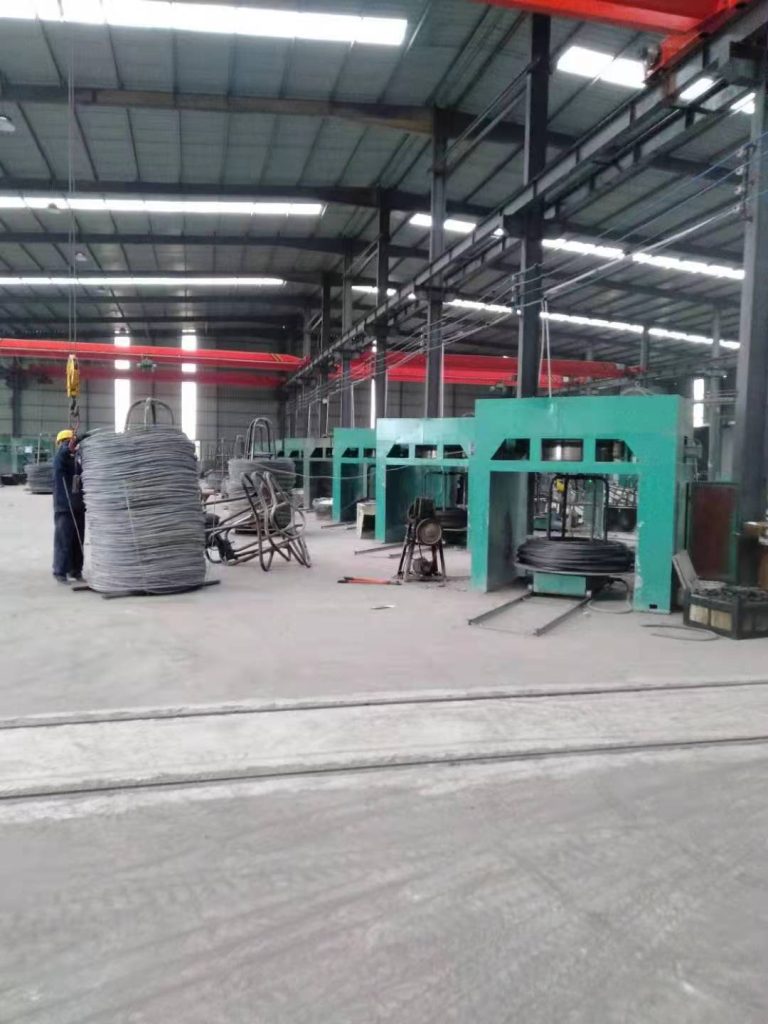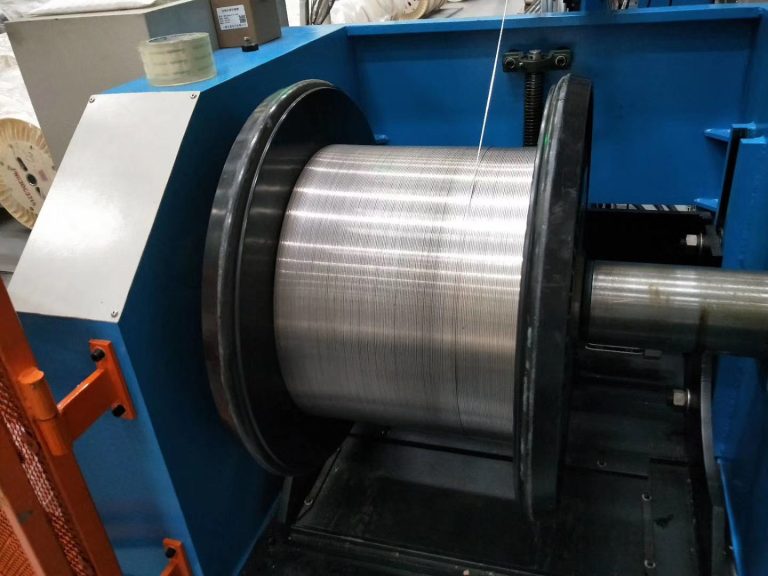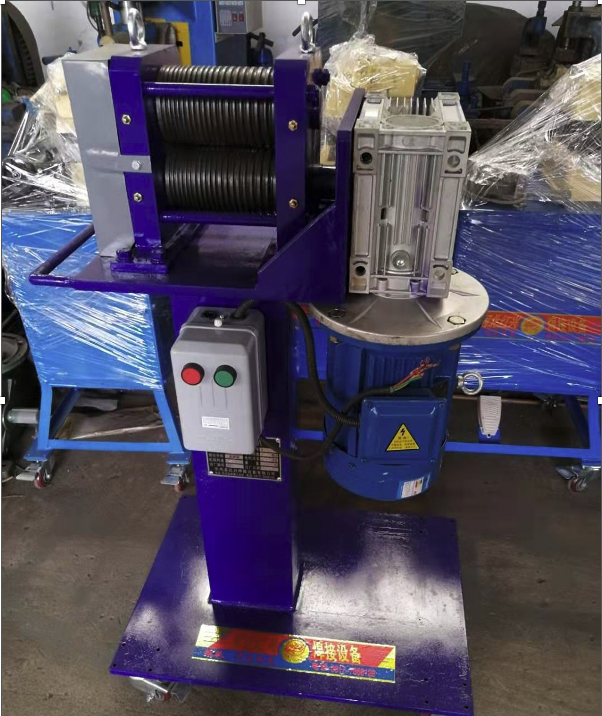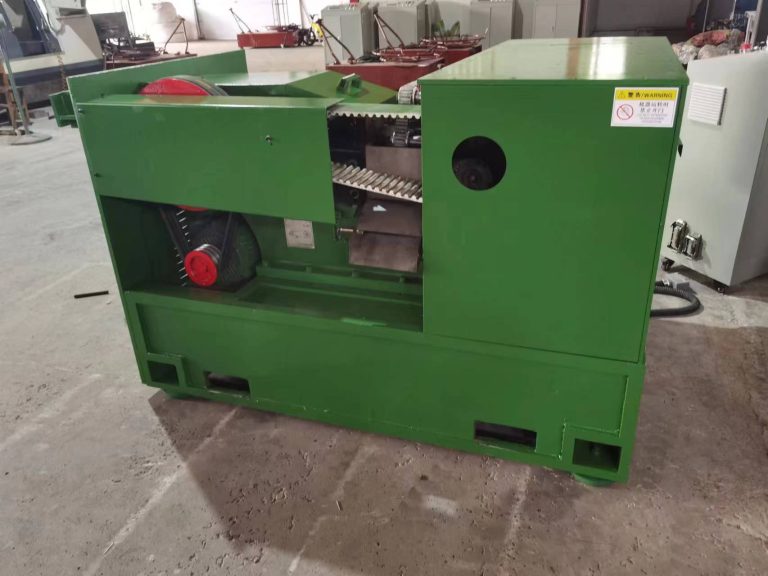Table of Contents
Maintenance Tips for Dead Block Coiler in Drawing Machines
Dead block coilers are an essential component of drawing machines, used in the manufacturing of wire and cable products. These coilers play a crucial role in ensuring the smooth operation of the drawing process by coiling the finished product onto a spool or reel. However, like any other mechanical equipment, Static Coiler Dead Block Machine require regular maintenance to ensure optimal performance and longevity.
One of the key maintenance tips for dead block coilers is to regularly inspect and lubricate the moving parts. Over time, the friction and wear on these parts can lead to decreased efficiency and potential breakdowns. By lubricating the bearings, gears, and other moving components, you can reduce friction and prevent premature wear, extending the lifespan of the coiler.
In addition to lubrication, it is important to check the tension and alignment of the coiler’s drive belts. Loose or misaligned belts can cause slippage and uneven winding, leading to poor coil quality and potential damage to the equipment. Regularly adjusting the tension and alignment of the belts can help maintain consistent winding and prevent unnecessary wear on the coiler.
Another important maintenance tip for Horizontal Dead Block Wire Coiler is to inspect and clean the spooling mechanism regularly. Dust, debris, and other contaminants can accumulate on the spooling components, causing jamming and uneven winding. By cleaning the spooling mechanism and removing any debris, you can ensure smooth operation and prevent potential issues during the drawing process.
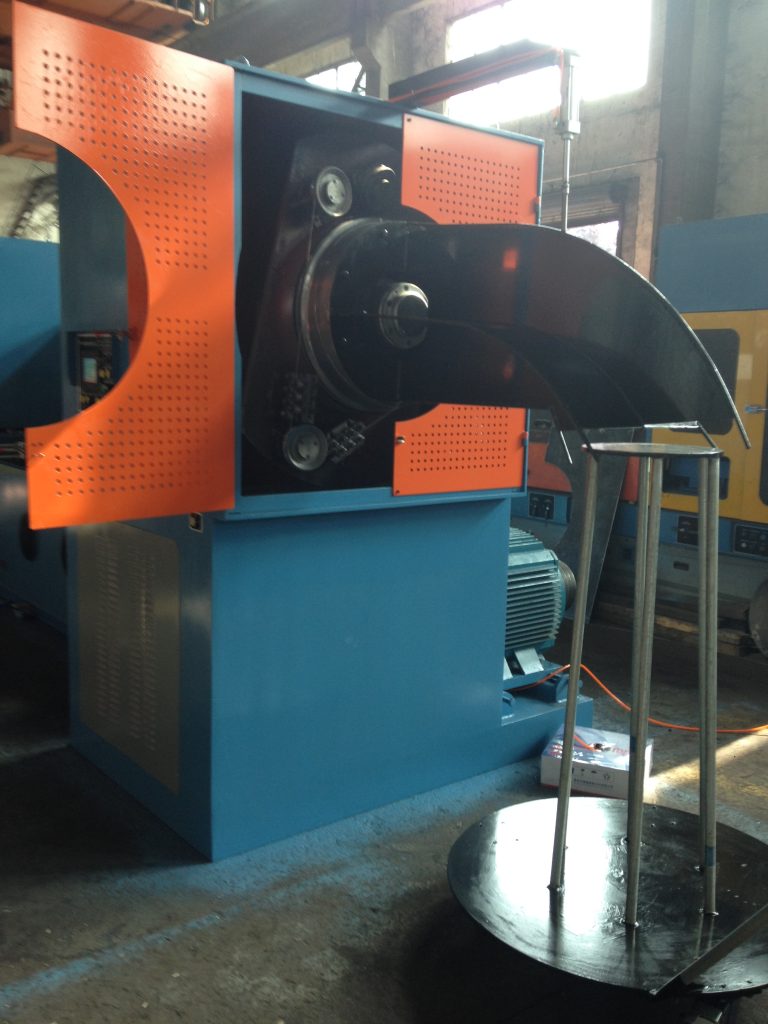
Furthermore, it is crucial to regularly check the electrical components of the dead block coiler, such as the motor, sensors, and control panel. Loose connections, damaged wiring, or faulty sensors can lead to electrical malfunctions and disrupt the coiling process. By inspecting and maintaining the electrical components, you can prevent downtime and ensure the safe operation of the coiler.
In addition to these maintenance tips, it is important to schedule regular inspections and servicing by qualified technicians. Professional maintenance can help identify potential issues before they escalate into major problems, saving time and money in the long run. Technicians can also provide valuable insights and recommendations for optimizing the performance of the dead block coiler and extending its lifespan.
Overall, proper maintenance of dead block coilers is essential for ensuring the efficient operation of drawing machines and producing high-quality wire and cable products. By following these maintenance tips and investing in regular servicing, you can prolong the lifespan of the coiler, prevent breakdowns, and maximize productivity in your manufacturing process. Remember, a well-maintained dead block coiler is key to achieving consistent and reliable results in wire and cable production.
Comparison of Different Dead Block Coiler Models for Drawing Machines
Dead block coilers are an essential component of drawing machines used in the wire and cable industry. These devices are responsible for winding the drawn wire onto a spool or bobbin, ensuring that it is neatly and securely stored for further processing. There are several different models of Wire Dead Block Coiler Machine available on the market, each with its own unique features and advantages. In this article, we will compare and contrast some of the most popular dead block coiler models to help you make an informed decision when selecting one for your drawing machine.

One of the most common types of dead block coilers is the pneumatic dead block coiler. This model uses compressed air to control the movement of the coiling arm, allowing for precise and consistent winding of the wire. Pneumatic dead block coilers are known for their reliability and ease of use, making them a popular choice among manufacturers. However, they can be more expensive than other types of dead block coilers, which may be a consideration for some businesses.
Another popular option is the hydraulic dead block coiler. This model uses hydraulic fluid to power the coiling arm, providing a smooth and efficient winding process. Hydraulic dead block coilers are known for their high performance and durability, making them a good choice for heavy-duty applications. However, they can be more complex to operate and maintain than pneumatic dead block coilers, which may be a drawback for some users.
In addition to pneumatic and hydraulic dead block coilers, there are also electric dead block coilers available on the market. These models use an electric motor to power the coiling arm, offering a reliable and energy-efficient solution for wire winding. Electric dead block coilers are easy to operate and maintain, making them a popular choice for many manufacturers. However, they may not be as powerful as pneumatic or hydraulic models, which could be a limitation for some applications.
When choosing a dead block coiler for your drawing machine, it is important to consider the specific requirements of your operation. Factors such as the type and size of wire being processed, the speed and accuracy of winding needed, and the available budget will all play a role in determining the best model for your needs. It is also important to consider the reputation of the manufacturer and the level of customer support they provide, as this can impact the overall performance and longevity of the coiler.

In conclusion, dead block coilers are an essential component of drawing machines used in the wire and cable industry. There are several different models available, each with its own unique features and advantages. By carefully considering your specific requirements and budget, you can select the best dead block coiler for your operation. Whether you choose a pneumatic, hydraulic, or electric model, investing in a high-quality dead block coiler will help ensure smooth and efficient wire winding for years to come.


